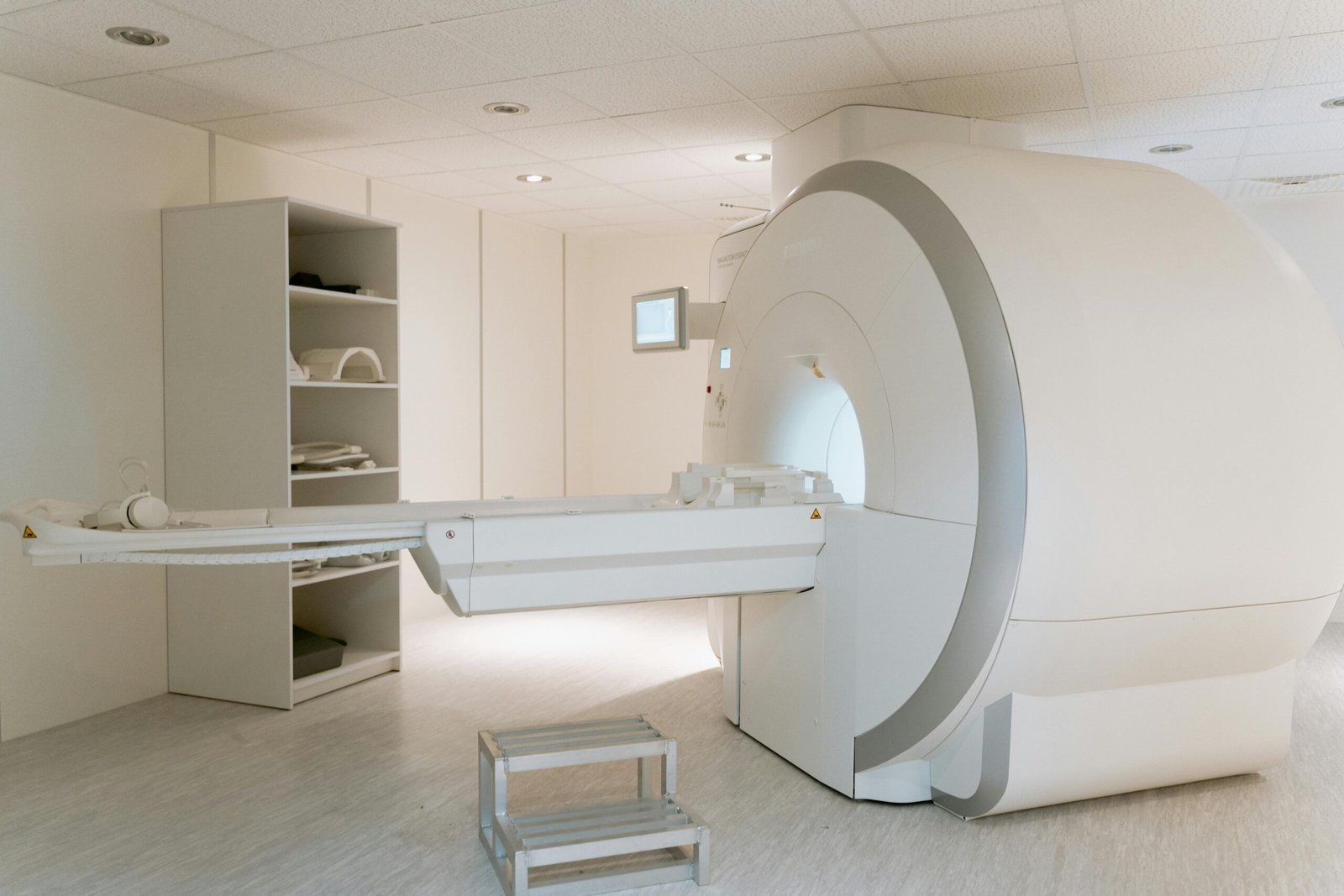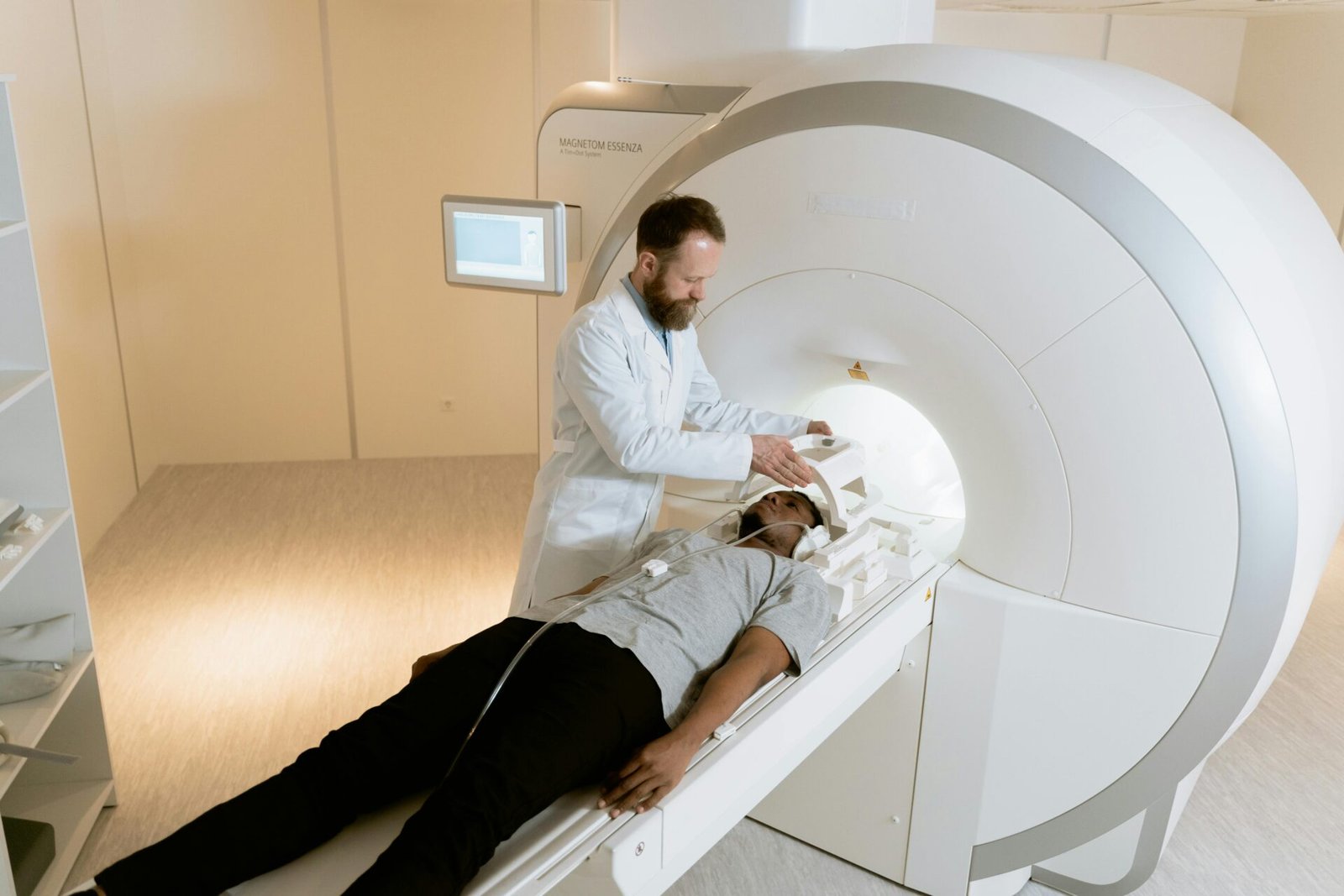Magnetic Resonance Imaging (MRI) is a powerful tool used every day to diagnose a wide range of health conditions—from torn ligaments to brain tumors. It’s non-invasive, painless, and doesn’t use harmful radiation. But as a recent tragedy in New York reminds us, MRI scans aren’t without risk when safety protocols are ignored.
In July 2025, a 61-year-old man tragically died after being pulled into an MRI machine while wearing a heavy metal chain. While such events are extremely rare, they highlight an important question:
Just how safe are MRI scans—and what should patients and families know before entering the scan room?
Understanding MRI: The Basics
An MRI machine uses strong magnetic fields and radio waves to create detailed images of the body’s internal structures. It’s often used to examine the brain, spine, joints, and organs.
Unlike X-rays or CT scans, MRIs don’t involve ionizing radiation, making them a safer option for many diagnostic needs. However, the strength of the magnetic field is so intense that it can turn everyday metal objects into dangerous projectiles.
The Hidden Danger: Metal and MRI
Most MRI injuries and fatalities over the years have involved metallic objects, either inside the body (like certain implants or pacemakers) or outside (like jewelry, belts, or in the New York case, a weight-training chain).
Here’s why that matters: MRI magnets are always on, even when the machine isn’t actively scanning. That means:
- A metal object can be pulled into the magnet at high speed.
- Items can become lodged in the scanner, posing danger to others.
- Patients with certain implants can experience serious internal injuries.
What Went Wrong in the New York Case?
In the recent accident, the man reportedly walked into the MRI room wearing a heavy chain around his neck. He was there only to assist his wife, who was undergoing a knee scan. Tragically, the chain was pulled into the machine with enough force to cause multiple cardiac arrests. He died a day later in the hospital.
His wife said he had worn the chain during previous visits and was not asked to remove it—raising serious concerns about screening procedures at the imaging center.
How Can You Stay Safe During an MRI?

If you or a loved one is scheduled for an MRI, here are essential safety tips to follow:
- Remove ALL Metal Items: Jewelry, watches, piercings, wallets, keys, coins—even underwire bras should be left behind.
- Disclose Medical Devices: Inform staff of any implants, pacemakers, hearing aids, or prior surgeries. Some implants are MRI-safe, but many are not.
- Ask Questions: Don’t be afraid to ask the technician what safety measures are in place.
- Don’t Enter the Room Unless Instructed: Visitors and staff should only enter the MRI suite with permission and after being screened.
- Stay Still and Calm: Movement can affect image quality and sometimes cause anxiety. If you’re claustrophobic, let your doctor know in advance.
Explore more health insights on our blog
Are MRIs Safe Overall?
Yes—for the vast majority of people, MRIs are completely safe when proper guidelines are followed. According to the U.S. Food and Drug Administration (FDA) and radiology experts, injuries from MRI machines are extremely rare and mostly preventable.
The real risk lies in human error: poor communication, lack of training, and failure to follow basic screening protocols.
Safety Starts With Awareness
The tragic MRI accident in New York reminds us that even the most routine medical procedures require awareness and attention to detail. Patients, caregivers, and imaging staff all play a role in keeping the environment safe.
If you’re ever scheduled for an MRI—or accompanying someone who is—treat it seriously. Ask questions, follow instructions, and never assume that “a quick visit” doesn’t carry risk.
MRIs remain one of the most important diagnostic tools in modern medicine. With the right safety practices, they can continue to save lives—safely.


